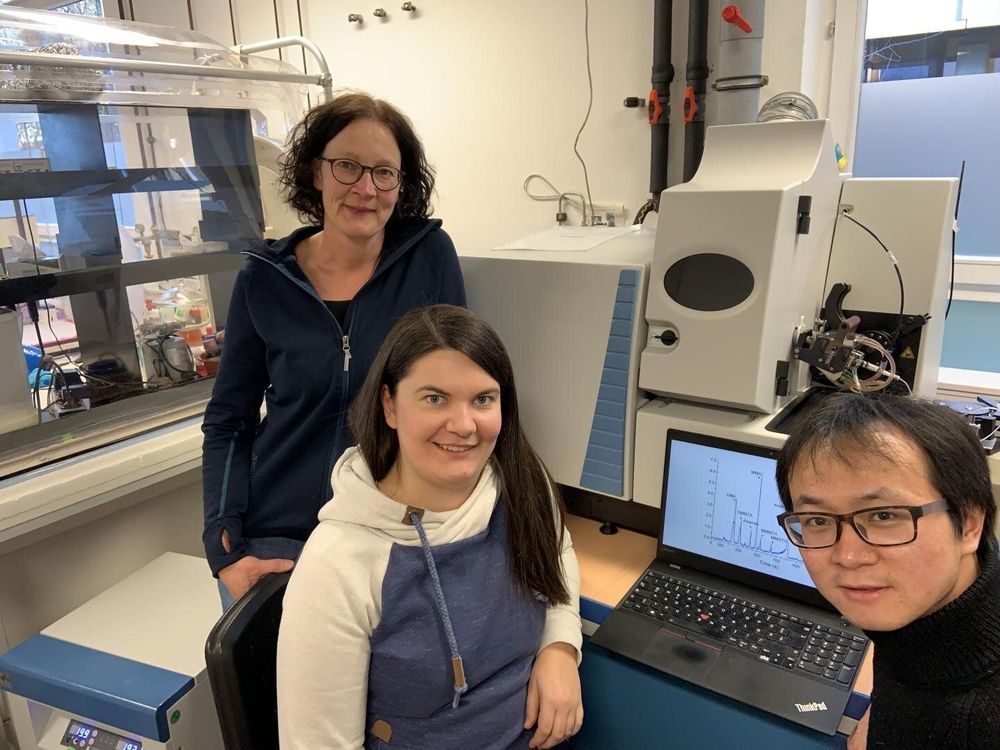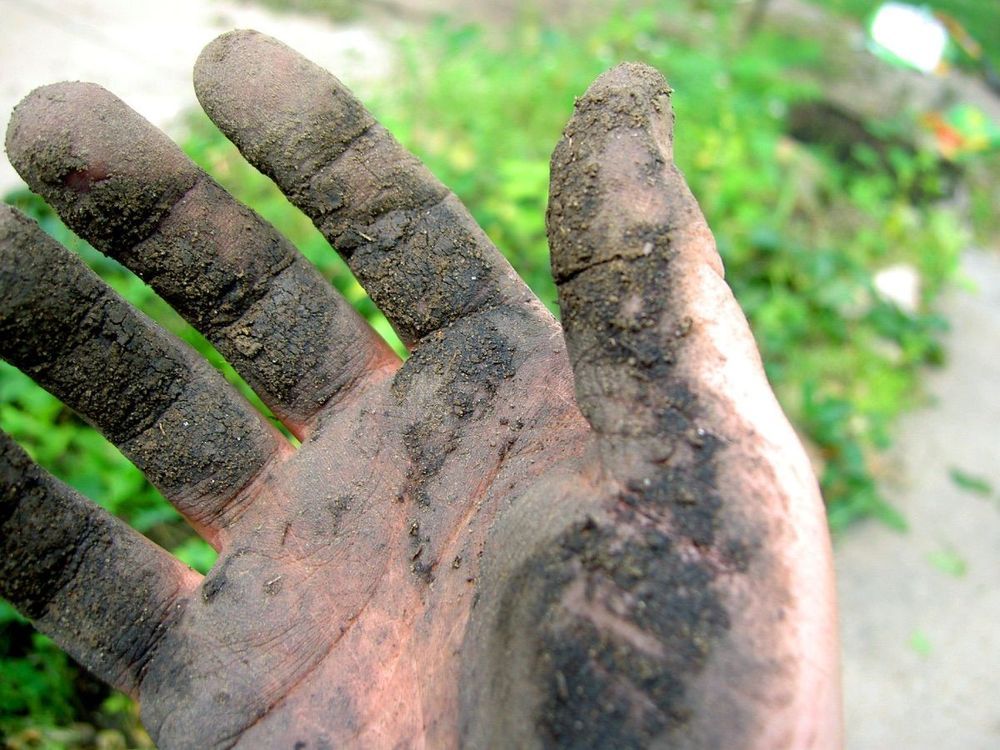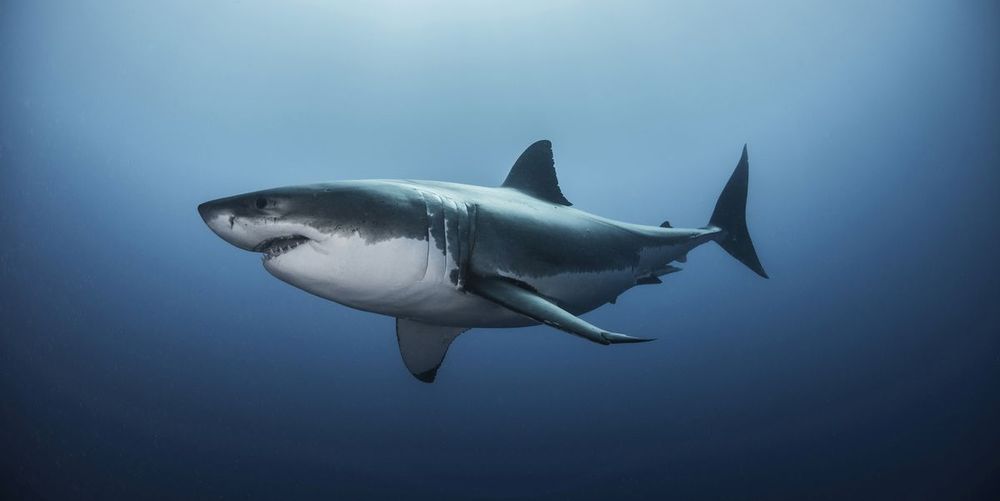It could shield us from deadly rays.



Caution required for using CRISPR in potential gene therapies – and food plants
Scientists at the Wellcome Sanger Institute have discovered that CRISPR/Cas9 gene editing can cause greater genetic damage in cells than was previously thought. These results create safety implications for gene therapies using CRISPR/Cas9 in the future as the unexpected damage could lead to dangerous changes in some cells. Potential consequences could include triggering cancer.
Reported on 16 July 2018 in the journal Nature Biotechnology, the study also revealed that standard tests for detecting DNA changes miss finding this genetic damage, and that caution and specific testing will be required for any potential gene therapies.

Robotics technology continues to propel itself forward at an incredible rate. Robots have streamlined automated production, reducing worker injuries and manufacturing defects; in the health, sector robots perform precise, minimally invasive surgeries speeding recovery time and allowing surgeons to perform operations beyond their natural abilities. Now, robotic systems are moving past these stationary roles and finding their way into the agricultural fields around the world. These nimble, autonomous systems are poised to transform farming in an amazing way. Standing at the forefront of this inherent metamorphosis are 10 companies revolutionizing robotics in agriculture.
With a handful of awards in 2017, including being named one of the world’s most innovative robotics companies by Fast Company, Blue River Technology is redefining agriculture through their use of robotics.

University of Bayreuth researchers, together with scientists from Italy and China, have for the first time systematically investigated under which conditions, and to what extent, sulphur-containing arsenic compounds are formed in rice-growing soils. To date, these thioarsenates have not been taken into account in assessments of the health effects of rice consumption. In the journal Nature Geoscience the scientists present their results and identify the urgent need for research with a view to protecting consumers from health risks.
A new measuring method for thioarsenates
The research team, headed by the Bayreuth environmental geochemist Prof. Dr. Britta Planer-Friedrich, has developed a measuring method by means of which thioarsenates in rice soils can be reliably detected. Up to now, the methods routinely used to monitor arsenic in rice fields have not been sufficient for this purpose. This is because they are not able to identify sulphur-containing arsenic compounds as such, or to distinguish them from oxygen-containing arsenic compounds. This shortcoming is highly problematic in terms of possible health risks. At least one organic sulphur-containing arsenic compound discovered in rice fields is already known to be carcinogenic. This makes it all the more important to specifically detect organic sulphur-containing arsenic compounds, and to examine them for their toxicity. Presumably, these compounds have been confused with non-toxic organic oxygenated arsenic compounds up to now due to inadequate measurement procedures.

Wow… hmmm.
Scientists at Sanford Burnham Prebys Medical Discovery Institute have shown that two prebiotics, mucin and inulin, slowed the growth of melanoma in mice by boosting the immune system’s ability to fight cancer. In contrast to probiotics, which are live bacterial strains, prebiotics are “food” for bacteria and stimulate the growth of diverse beneficial populations. The study, published today in Cell Reports, provides further evidence that gut microbes have a role in shaping the immune response to cancer, and supports efforts to target the gut microbiome to enhance the efficacy of cancer therapy.
The research specifically opens new avenues to address important unmet clinical needs in melanoma, as it highlights the possible impact of prebiotics on tumor growth control and therapy resistance.
“Earlier studies have demonstrated that prebiotics limit tumor growth, but until now the mechanism by which they do so has been unclear,” says Ze’ev Ronai, Ph.D., professor in Sanford Burnham Prebys’ Tumor Initiation and Maintenance Program and senior author of the study. “Our study shows for the first time that prebiotics limit cancer growth by enhancing anti-tumor immunity. The study supports further exploration of the potential benefits of prebiotics in treating cancer or augmenting current therapies.”


Antidepressant-soil.
Soil microbes have been found to have similar effects on the brain as prozac, without the negative side effects and potential for chemical dependency and withdrawal.
It turns out getting in the garden and getting dirty is a natural antidepressant due to unique microbes in healthy organic soil. Working and playing in soil can actually make you happier and healthier.
What gardeners and farmers have talked about for millennia is now verifiable by science. Feeling like your garden or farm is your happy place is no coincidence!

Circa 2016 o.o
Americans dump 251 million tons of trash annually into landfills. Bike seat ripped? Toss it. Hole in the old garden hose? Get rid of it. Spandex not tucking in your tummy? Loose it and replace it. This linear process of extracting a resource, processing it, selling it than discarding it is creating a mound of trash dangerously equivocal to the ball of trash in Futurama episode 8 season 1.
Why Plastic Sucks
Bike seats, garden hoses and spandex are all comprised of polyurethane, the most common and environmentally destructive plastic. The Newsweek article, Plastic-Eating Fungi That Could Solve Our Garbage Problem, notes that the only way to get rid of polyurethane is incarceration, which releases harmful gases into our ecosystem. If plastic is left abandoned in the landfill or ocean, Ultraviolet light from the sun or waves break down the material into harmful microplastic particles. In the ocean, this broken down plastic first poisons the marine life then the people who consumed it. The process of breaking down such materials in landfills emits methane, a green house gas 23 times more potent than CO2, according to the Modern Farm article, Plastic-Eating Mushrooms Could Save the World. Additionally, per the Newsweek article, David Schwatzman, Proffessor of Biology at Howard University remarks,” Landfills are sources of serious problems.

Sharks are at the top of the marine food chain for a reason. Their massive size along with a dazzling row of extra-sharp teeth make them the fiercest hunters in our oceans. But it turns out that the shark’s aquatic dominance reaches down into its very DNA, and through its mutations, sharks could teach us how to fight our most deadly affliction—cancer.
This isn’t the first evidence that mutations can prove beneficial for disease resistance and long-term survival. High bone density, a hemoglobin that boosts malaria resistance, and a third retinal cone that improves color vision are some human examples. But new gene mapping conducted by scientists at the Save Our Seas Foundation Shark Research Center at Florida’s Nova Southeastern University, the Guy Harvey Research Institute, and the Cornell University College of Veterinary Medicine shows that sharks have developed genomic adaptations that repair damaged DNA, effectively protecting them against cancer and other diseases.
